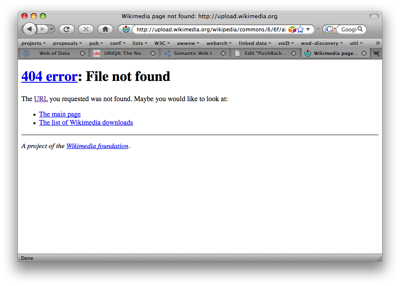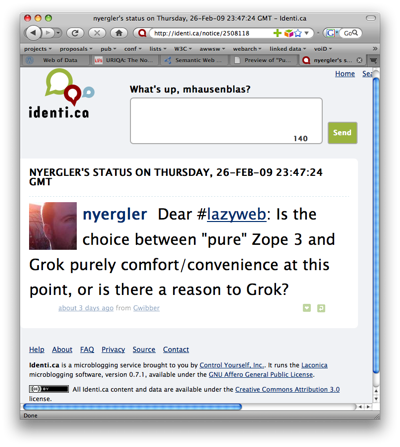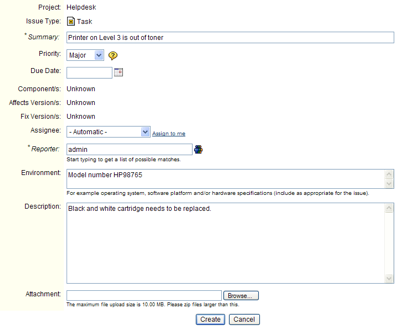PushBackDataToLegacySourcesUseCases
This note gathers use cases for a method (vocabulary+API) to push back data from RDF data sources to non-RDF data sources such as Web 2.0 APIs (flickr, microblogging systems, etc.).
| main responsible: |
| contributors: |
Back to pushback home
Use Cases: pushback - Write Data Back From RDF to Non-RDF Sources
Index
What follows is a collection of use cases (UC) for pushback to motivate our work and derive requirements. All the UC have in common that the starting point is in the semantic space, that is, we assume a user already navigates through linked data (using Tabulator, VisiNav, Disco, etc.), potentially pulling and viewing information from many different sources at a time. Then, some sort of update operation (insert, remove, change values, etc.) is intended, which should be reflected back to the original source (non-RDF source), typically being a fixed-schema, Web 2.0 platform that must have a write-API, in order to participate in this setup.
Fixing A Broken Link
Tom is using Tabulator to browse some data stemming from DBpedia. He is looking at DBpedia's RDF/XML representation of Fixed-wing aircraft which has in turn been gleaned from Wikipedia's Fixed-wing aircraft entry. Tom is interested in the value of foaf:img and hence clicks on [1] - the result is shown below:
Now, Tom likes to correct the broken link (hence the value of foaf:img) and also the depiction information in Wikipedia.
Annotating Microblogging Post
Microblogging sites such as with Twitter, identi.ca, etc. allow to be updated from quite everywhere using various methods. There are linked data services out there such as OpenLink's uriburner that allow the instant generation of RDF data from semi-structured HTML sources as microblogging sites. For example, running a random post such as:
through this service yields [2]. I would like to be able to annotate this so created RDF chunk to say, for example, the person depicted here is actually a chap I know and trust, etc. Where would this information (in RDF) be stored? A second use case in this respect would be the relaying or the addition of a post. In this case I intend to store the data in the origin system (identi.ca, in our case), being limited by the format and the type of operations allowed by the Web 2.0 platform.
Flickr API
consume photo via flickr-wrapper and Geonames, want to update Geo data as taken on wrong position
Bugtracking System
having data from bugtracking system (such as Jira) and calendar data from developers; how can I, based on client requests and developer availability (yes, also developer go on holiday now and then) re-assign or re-prioritize bugs in batch mode?
Note that this and a more enhanced use case regarding software development will be implemented in the course of the EC FP7 Project Romulus - contact Michael in case you want to learn more about this.
Bulk Account Update
Ellen gets married and changes her last name. She has used her full name in accounts at many web sites, so it will be hard to change them all (and even to remember what all those sites were). She would like to see a summary of the account properties she's used, perhaps as a table with rows of website/username/fullname.
She marks all the sites that need updating and fixes all the last names. Now the table shows that there are pending changes for those sites. She tells her software agent to 'push these changes', and in a minute all the pending-changes markers have disappeared from the table.



